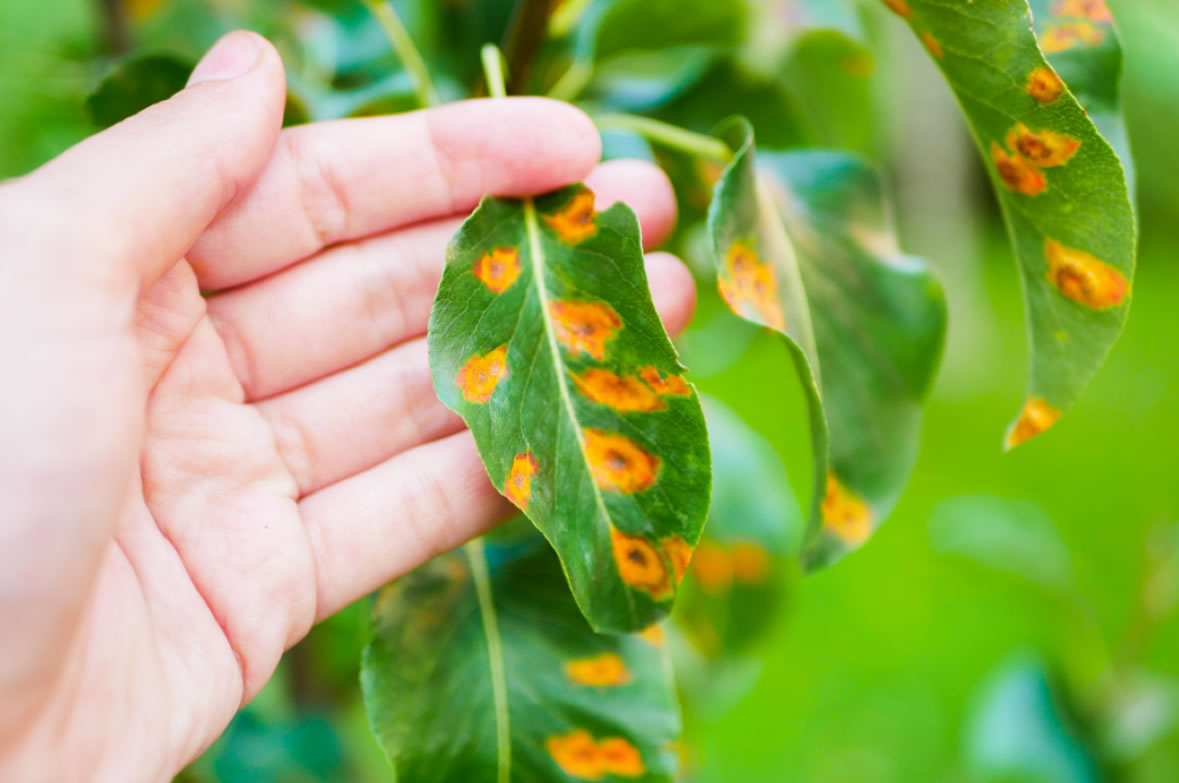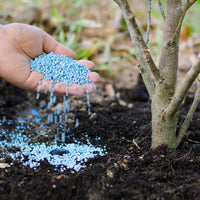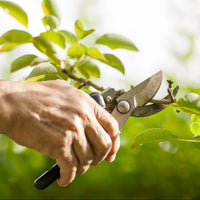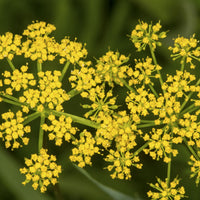By Cheryl A. Smith, UNH Cooperative Extension
- Practice good sanitation. Start with a clean planting site, free of last year’s crop debris. Debris from the previous season’s crops may harbor diseases and insects
- Purchase high quality plants and seeds. Select plants with healthy-looking leaves and strong stems. Avoid collecting seeds from your own plants – fungal diseases are often transmitted on or in seed.
- Rotate Crops. Grow your crops in different parts of the garden each year. Be sure not to rotate crops with those in the same plant family (e.g., tomatoes, eggplants, and peppers; cabbage, broccoli and cauliflower).
- Do not plant too early. Plant growth may be slowed by cold soil temperatures. Slow-growing plants are more susceptible to attack by disease-causing organisms and insect pests.
- Mulch. Mulches prevent soil that may contain disease-causing organisms from splashing onto the plants; mulches also help to retain soil moisture and suppress weeds.
- Avoid overcrowding the plants. Crowding creates a moist, humid environment that is favorable for disease development.
- Water early in the day. Plants that remain wet throughout the night are more likely to develop disease problems.
- Remove diseased leaves, flowers, and fruit as soon as they are noticed. Diseases are easily spread by wind and rain from diseased plant tissues.
- Fertilize to promote growth, but avoid over-fertilization, especially with nitrogen. Young, succulent growth is susceptible to attack by many fungi and bacteria.
- Try to maintain insect damage at a minimum. Insect wounds provide entry sites for disease-causing organisms.






